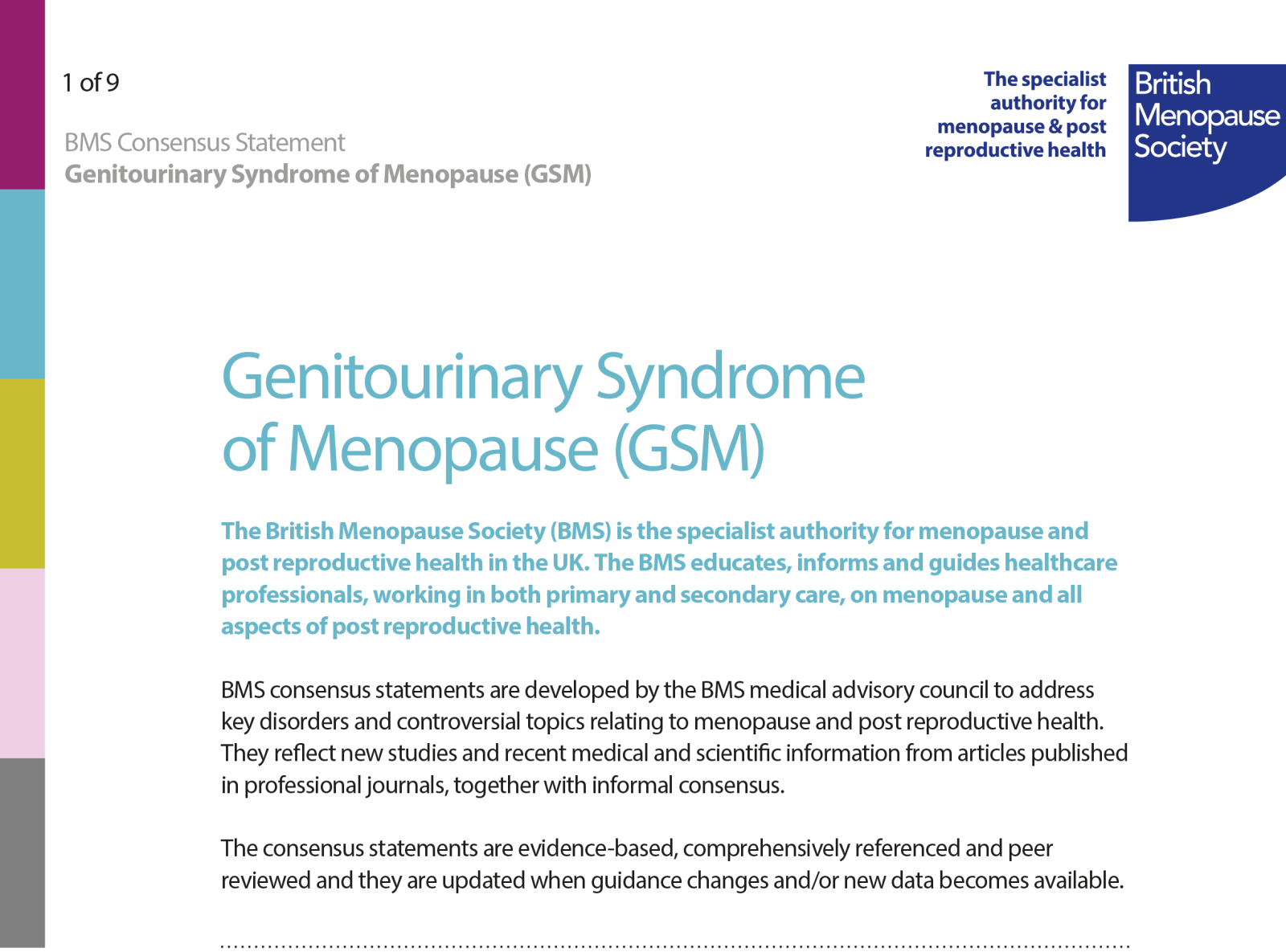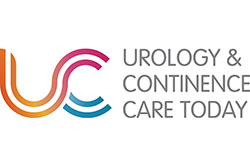An updated consensus statement from the British Menopause Society is now available on the topic of genitourinary syndrome of menopause, updating the previous guidance on urogenital atrophy.
Genitourinary syndrome of menopause is a chronic and progressive condition caused by oestrogen deficiency, most commonly associated with the menopause. There is a potential negative impact on all urogenital tissue quality including the vulva, vagina, bladder and urethra.
Previously referred to as urogenital atrophy or vulvovaginal atrophy, the updated National Institute for Health and Care Excellence (NICE) menopause guideline 2024 refers to this combination of atrophic changes and symptoms as ‘genitourinary symptoms of the menopause’. However, genitourinary syndrome of menopause is the internationally accepted term, reflecting the impact of fluctuating or low levels of oestrogen on urogenital tissue quality.
The consensus statement discusses the terminology, aetiology, and signs and symptoms, and then assesses the quality of the available evidence to support the use of the different treatments available. It also provides an example treatment pathway to support clinicians.
Genitourinary syndrome of menopause is a chronic and progressive condition caused by oestrogen deficiency, most commonly associated with the menopause. There is a potential negative impact on all urogenital tissue quality including the vulva, vagina, bladder and urethra.
Previously referred to as urogenital atrophy or vulvovaginal atrophy, the updated National Institute for Health and Care Excellence (NICE) menopause guideline 2024 refers to this combination of atrophic changes and symptoms as ‘genitourinary symptoms of the menopause’. However, genitourinary syndrome of menopause is the internationally accepted term, reflecting the impact of fluctuating or low levels of oestrogen on urogenital tissue quality.
The consensus statement discusses the terminology, aetiology, and signs and symptoms, and then assesses the quality of the available evidence to support the use of the different treatments available. It also provides an example treatment pathway to support clinicians.



